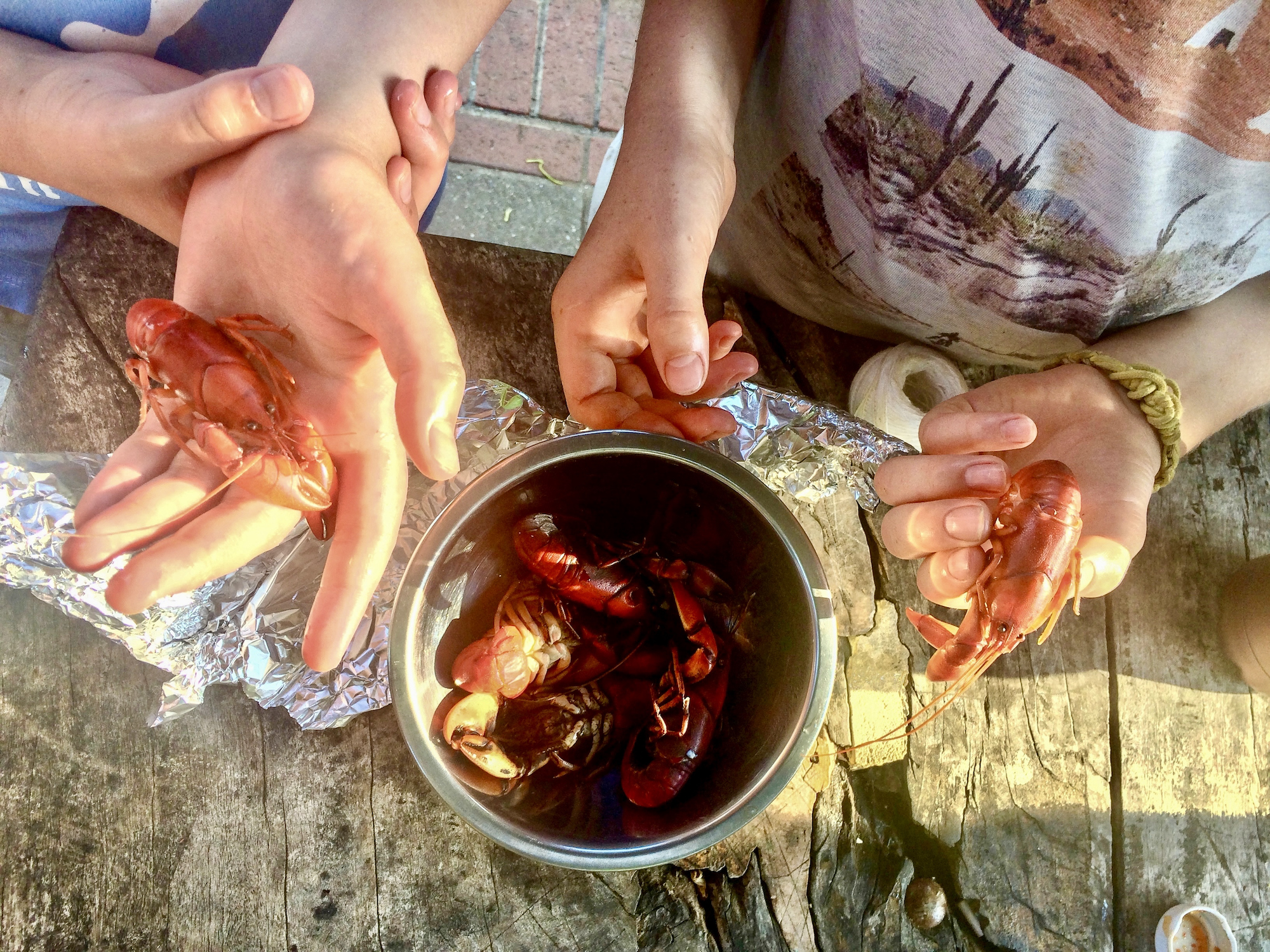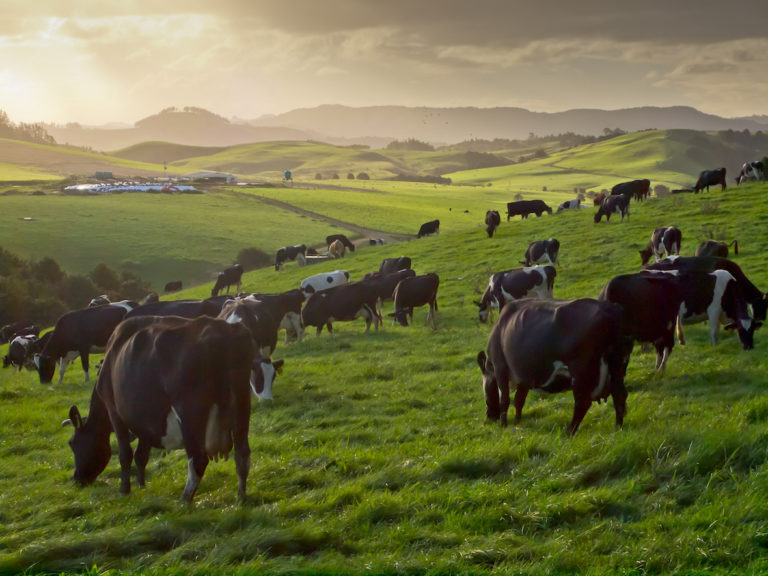
Dams and the false sense of water security
Talk of ‘big dams’ to ensure water security, and ‘unlock regions’ to increase agriculture, has started again with the proposed $5.4 billion Hells Gate Dam on the upper Burdekin River in Queensland.
Our worlds are full of rhythms – events that follow a pattern like seasons, tides, work shifts, religious rituals, school holidays. Some of the world’s most culturally significant rhythms relate to the movement of water in rivers.
Rivers follow rhythmic changes; they flow with the seasons and respond to longer climatic shifts and often to the actions of people. In turn, people and their societies are shaped by the rhythm of rivers.
This relationship where both nature and people’s economic and social activities are synchronized with the rise and fall of river water over time is referred to as river rhythmicity, in a new paper that describes the important implications of this idea for river conservation and water management.

Across the world rivers are being disrupted and the changes to their flow are causing corresponding changes to peoples’ relationships with rivers. Dams have modified the flow regimes of more than 60% of the world’s largest rivers by changing the size, frequency, duration, timing, and rate of flow.
River flows used for hydropower are manipulated, or re-scheduled, to coincide with daily periods of high electricity demand by pulsing releases of water downstream of dams. These changing patterns of river flow disturb the river habitat, fish, and plants, and can endanger the relationships people have developed with rivers over many centuries.
River conservation and water management needs to better understand the relationship between changing water flows in a river and the effects on riparian communities, both human and natural, that make up a dynamic riverscape.
River rhythmicity provides a framework that can unify riparian human communities, researchers from the physical and social sciences and the humanities, as well as water agencies in approaching research and management of rivers. It can serve as a lens to better understand how we all shape the rivers of the world and, in turn, are shaped by them, revealing the implications of changing riverine rhythms for riparian communities.
In northern Australia for example, large tropical rivers with rhythmic high flow pulses, have a greater richness of fish species, a more stable bird population, and elevated rates of riparian forest production than rivers of more arid regions. Great Australian rivers like the Daly (Northern Territory), Fitzroy (Western Australia) and Mitchell (Queensland) receive nearly all their water between November and March, so the life cycles of animals and plants are centred around these flows and rhythmic patterns. People also ‘cycle’ around these flows and are part of their rhythmic patterns.
The relationship between large river systems with rhythmic annual floods and biodiversity directly dictates local people’s fishing patterns. Indigenous people of tropical Australia obtain a significant proportion of their diet from rivers. Cycles of food collecting activities organize the daily rhythms of life for people participating in customary modes of subsistence, so it’s not a stretch to say the flow of the river directs the daily rhythm of life in these communities.
Rivers are the seasonal supermarkets of north Australia, accounting for between 13-23% of the food consumed in Indigenous households, but this goes largely unaccounted for in official estimates of food production and is poorly protected by water management decisions. Very often agriculture is given priority in water allocation decisions, say when new dams are promoted to grow export crops, but if the relationship between local food security and the rhythmic flow of these rivers was made clearer, we might protect their flows instead of degrading them.
But it’s not just First Nations communities who live by and rely on the rhythmicity of rivers. Impacts to changing river flows can be wide ranging, effecting all river communities and commercial interests downstream, who rely on aquatic foods generated by rivers and their seasonal flows. For example, new research by Griffith University -poor coastal waters in the Gulf rely on big flooding events to ‘re-charge’ them with nutrients required for growth and productivity, so changes in flows can significantly affect the subsequent year’s catches. High-flow years not only carry invaluable nutrients downstream leading to big catches in the season that follows, but they also support increased growth and productivity for future years.
If governments choose to proceed with major plans to dam and develop the rivers of northern Australia, the drastic changes to the rhythmicity of these rivers could significantly disrupt the livelihoods of many communities who rely on these resources.
Altering the flow of these seasonal rivers through developments like the proposed Hell’s Gate Dam or the Bradfield Scheme to divert water to irrigate and drought-proof western Queensland, affects not only the resources that the rivers provide but also how people experience an altered riverine environment, how they interact with the rivers they’ve known so well, and with their broader community.

River rhythmicity focuses attention on the lived human experience of riverhood. In a recent paper on the topic, we use practical case studies to describe the interconnected rhythmic patterns which shape the lives of river dwelling peoples across the globe.
For example, the life of Solomon Carriere, a Cree-Métis man from the ice-covered Saskatchewan River in northern Canada, reveals the practical experience of a life lived in rhythm with the rivers of his homelands. In Solomon’s father time, all daily activities were intricately tied to the seasonal ebb and flow of the river, from freezing over in winter to the melting waters of spring.
“My family goes back four generations in this special place, my ancestors much further. My father taught me pima-amat-si-magon, that the water is alive,” recalls Solomon.
He and his brothers worked this stretch of river in the mid-1900s. Their life was one of constant movement, being in the right place at the right time to harvest plants, wildlife, fish, and other natural resources that provided a living.
The rhythm of his ancestors has been completely changed with a dam upstream which strategically times the release of water. The daily fluctuations in energy production, and therefore water levels to meet morning and evening peak demands have eroded the river’s banks to a far greater extent than
before dams were built, and the change to ice conditions have compromised popular winter activities such as ice-fishing.
“Once winter sets in we need to deal with ice conditions… But it’s now much less predictable,” Solomon said. “Water comes out of the dam and either lifts the ice or runs over the top of it. Bubbles weaken it. So, I’ve gone through the ice several times with snowmobiles or dog teams. I’ve lost equipment, but gladly not my life.”
“In the spring there is still high water, but it depends a lot on how much the dam is letting go. I never know for sure if there’ll be enough water to get around… Too high or too little water means I cannot provide for my family.
“In the autumn, we really have to work around the water we’re getting (from the dam) … Sometimes we need to cut day trips short because we might get stuck somewhere.”
The changes Solomon describes have even altered how time is experienced in his community. Time has sped up, forcing people to think about changes that happen on an hourly basis, whereas Solomon’s father would plan tasks according to the seasons.

The life of Lilia Java, a Kokama woman from the tropical floodplains of the western Amazon region of Colombia, near the border with Perú and Brazil, provides another clear example of a life lived in rhythm with the river. She too talks of the ways in which changing water flows have affected the river rhythmicity of her people living on the riverbanks of the Amazon, and her community’s responses.
“Recently, because of climate change and deforestation, the changes in seasons have been more noticeable,” said Lilia. “We’ve had to change our strategies and our way of working in our chacras [small agricultural plots].”
Changing climate and over-harvesting from the forest has altered the availability of resources for fish and reduced the predictability of crop-growing areas, forcing the community to look elsewhere for arable land and fishing grounds. For Lilia and her community, the regularity of the seasons has changed. The wet months once reliably ran from the beginning of November to May and dry months from May to November.
“In terms of water levels during the year, now we don’t have established dates [for low-water and high-water seasons] as we did many years ago,” she said.
“We don’t have certainty that from May to November will be a [dry] low-water period. The water remains and when it doesn’t recede, it harms the river edges and it harms us because in past times when river water receded, the river edges were used for planting crops like vegetables and rice – all short-term crops. These changes have meant that we have to look for other places for planting and even for fishing.”
These accounts reveal profoundly rhythmic patterns of peoples’ lives and engagements with the river and river-driven fluctuations of the world around them. Speaking to riverine people about their daily lives reveals the constant movement of ‘river time’ which is made up of regular anticipated events, tasks and routines that respond to periodic changes in river flow.
This type of ‘river time’ synchronises communities, creating a shared sense of identity and regulating social life. Both Solomon and Lilia are embedded in the world in which they live and speak of their rivers as alive, with the capacity to create life.
As Lilia Java explains “for us, water and land are intertwined, and together they produce life and it’s our own life.”
For river dwelling people like Solomon and Lilia any alteration of the riverscape in which they are embedded has the potential to disrupt cycles and cultural practices crucial for the survival of whole communities.
These individual stories highlight the ways in which activities such as dam construction, climate change and deforestation can disrupt the rhythmicity of rivers for surrounding communities, both natural and human, by inducing large and catastrophic changes in river flows and markedly reducing the regularity of seasons.
Their accounts illustrate the irreplaceability of riverine rhythms and the strong desire of riparian communities to maintain and centre relationships with rivers that have been forged from generations of observation, engagement and communal practices of care, reciprocity, and stewardship.
A renewed attention to river rhythmicity is necessary to reveal the intimate relationships between people and rivers that persist and evolve despite disruptions caused by dams or other changes to river flows. This type of local and diverse knowledges is essential if we are to foster more sustainable relations with rivers.
An approach centred on river rhythmicity can enhance the research dialogues crucial to that endeavour and provide a fuller understanding of the dynamic interactions and riverscape features that are highly valued by local communities.
This article has been inspired by “River rhythmicity: A conceptual means of understanding and leveraging the relational values of rivers“.
 Professor Sue Jackson is a cultural geographer with over twenty-five years’ experience researching the social dimensions of natural resource management. Her research has focused on the interaction between Indigenous customary and state environmental governance and planning systems, as well as the meaning of water, its symbolic significance and material value.
Professor Sue Jackson is a cultural geographer with over twenty-five years’ experience researching the social dimensions of natural resource management. Her research has focused on the interaction between Indigenous customary and state environmental governance and planning systems, as well as the meaning of water, its symbolic significance and material value.
Dr.  Elizabeth P. Anderson is a freshwater conservation ecologist based at Florida International University (FIU) in Miami, FL, in the Department of Earth & Environment. Her work has a strong conservation focus and involves collaborations with other scientists and those in key water resource management roles. Her research has been supported by the MacArthur Foundation, the Tinker Foundation, the U.S. Agency for International Development, and National Geographic.
Elizabeth P. Anderson is a freshwater conservation ecologist based at Florida International University (FIU) in Miami, FL, in the Department of Earth & Environment. Her work has a strong conservation focus and involves collaborations with other scientists and those in key water resource management roles. Her research has been supported by the MacArthur Foundation, the Tinker Foundation, the U.S. Agency for International Development, and National Geographic.
 Natalia C. Piland is an urban ecologist and research assosicate at the Department of Earth and Environment and Institute of Environment, Florida International University, Miami, FL.
Natalia C. Piland is an urban ecologist and research assosicate at the Department of Earth and Environment and Institute of Environment, Florida International University, Miami, FL.
 Solomon Carriere has a strong heritage of Yorkboatmen, Voyageurs, and the Cree culture. He was raised hunting, fishing, canoeing, and trapping. He has a keen awareness of the wilderness and all that it offers, which adds to his excellent guiding and wilderness skills. Solomon is a member of the Big Eddy Lodge team located on the Saskatchewan River Delta.
Solomon Carriere has a strong heritage of Yorkboatmen, Voyageurs, and the Cree culture. He was raised hunting, fishing, canoeing, and trapping. He has a keen awareness of the wilderness and all that it offers, which adds to his excellent guiding and wilderness skills. Solomon is a member of the Big Eddy Lodge team located on the Saskatchewan River Delta.
 Lillia Java, Resguardo Indígena Tikuna, Kokama, y Yagua del Municipio de Puerto Nariño, Amazonas, Colombia
Lillia Java, Resguardo Indígena Tikuna, Kokama, y Yagua del Municipio de Puerto Nariño, Amazonas, Colombia
 Dr Timothy D. Jardine is Associate Professor in the School of Environment and Sustainability at the University of Saskatchewan, Canada.
Dr Timothy D. Jardine is Associate Professor in the School of Environment and Sustainability at the University of Saskatchewan, Canada.
 Dr Colin Hutchins is an environmental scientist turned science communicator. With more than 15 years’ multi-disciplinary research experience in a broad range of environmental sciences, from environmental assessment and ecotoxicology to biogeochemistry and genomics (Griffith University and University of Montreal), his research focused on the chemistry of pollutants in sediment/water and its toxicology consequences.
Dr Colin Hutchins is an environmental scientist turned science communicator. With more than 15 years’ multi-disciplinary research experience in a broad range of environmental sciences, from environmental assessment and ecotoxicology to biogeochemistry and genomics (Griffith University and University of Montreal), his research focused on the chemistry of pollutants in sediment/water and its toxicology consequences.

Talk of ‘big dams’ to ensure water security, and ‘unlock regions’ to increase agriculture, has started again with the proposed $5.4 billion Hells Gate Dam on the upper Burdekin River in Queensland.

This is the critical decade for climate action and all foreign policy interventions will be judged against this global challenge. To meet this challenge, it is time for Australia to adopt the focus and techniques of feminist foreign policy.

Recent media attention has exposed some of the issues that face New Zealand’s dairy industry and the impact it is having on the nation’s highly prized waterways.